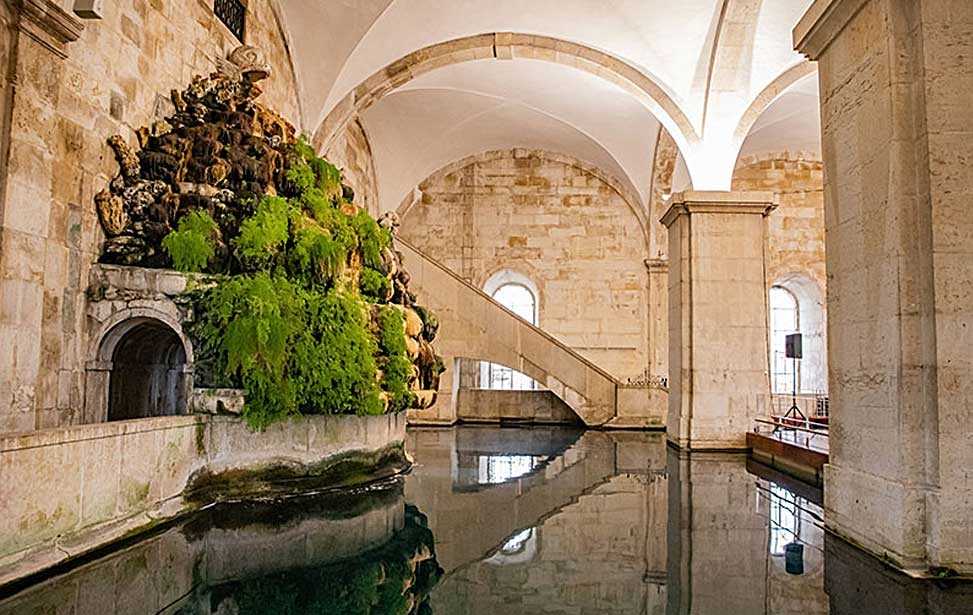Discovering Lisbon’s Aqueduto das Águas Livres
Lisbon, the vibrant capital of Portugal, is a city rich in history and culture. Among its many architectural marvels, the Aqueduto das Águas Livres stands out as a testament to the ingenuity and resilience of its builders. This historic aqueduct, which once supplied the city with fresh water, is a must-see for anyone interested in engineering, history, or simply enjoying a unique sightseeing experience.
A Brief History of the Aqueduct
The Aqueduto das Águas Livres was commissioned in the early 18th century by King John V of Portugal. Its construction began in 1731 and was completed in 1799, although parts of it were operational by 1748. The aqueduct was built to address Lisbon’s chronic water shortages, a problem exacerbated by the city’s growing population. Designed by the Hungarian engineer Carlos Mardel, the aqueduct is a remarkable feat of engineering, stretching over 58 kilometers (about 36 miles) from its source in the Sintra mountains to the heart of Lisbon.
The aqueduct survived the devastating 1755 Lisbon earthquake, a testament to its robust construction. It continued to supply water to the city until the 1960s, when modern water supply systems took over. Today, it stands as a historical monument, offering visitors a glimpse into Lisbon’s past and the challenges of urban water supply in the pre-industrial era.
Visiting the Aqueduct
The Aqueduto das Águas Livres is accessible to the public, and visiting it is a unique way to explore Lisbon’s history. The most iconic section of the aqueduct is the Alcântara Valley crossing, where it spans a series of impressive arches. This section is open to visitors, who can walk along the top of the aqueduct and enjoy panoramic views of the city and the surrounding landscape.
To visit, you can start at the Mãe d’Água das Amoreiras Reservoir, located in the Amoreiras district. This reservoir, which once stored water from the aqueduct, now houses a small museum dedicated to the history of Lisbon’s water supply. From there, you can follow the aqueduct to the Alcântara Valley, where the most dramatic views await.
It’s advisable to check the opening hours and any visitor restrictions before planning your trip, as these can vary. Guided tours are available and can provide valuable insights into the history and engineering of the aqueduct.
Practical Tips for Your Visit
When planning your visit to the Aqueduto das Águas Livres, consider the following practical tips to make the most of your experience:
- Wear Comfortable Shoes: The walk along the aqueduct involves some uneven surfaces, so comfortable footwear is recommended.
- Check the Weather: Lisbon can be quite warm, especially in the summer months. Bring water and wear sunscreen to stay comfortable during your visit.
- Photography: The aqueduct offers stunning views, so don’t forget your camera or smartphone to capture the scenery.
- Public Transport: The aqueduct is accessible by public transport. The nearest metro station is Rato, and several bus lines also serve the area.
- Combine with Other Attractions: The aqueduct is located near other attractions, such as the Amoreiras Shopping Center and the Jardim das Amoreiras, making it easy to combine your visit with other activities.
Exploring the Aqueduto das Águas Livres is a rewarding experience that offers a unique perspective on Lisbon’s history and the challenges of urban water supply. Whether you’re a history buff, an engineering enthusiast, or simply looking for a unique sightseeing opportunity, the aqueduct is a fascinating destination that shouldn’t be missed.
